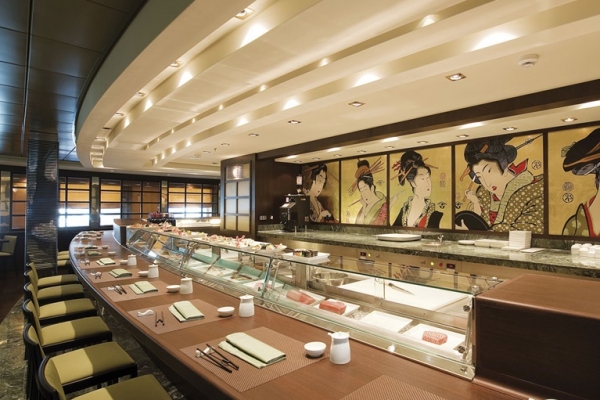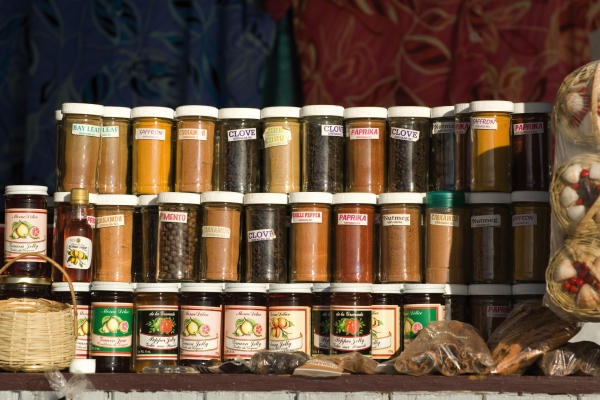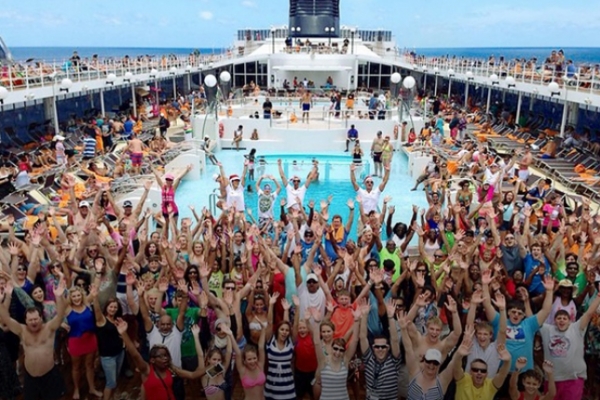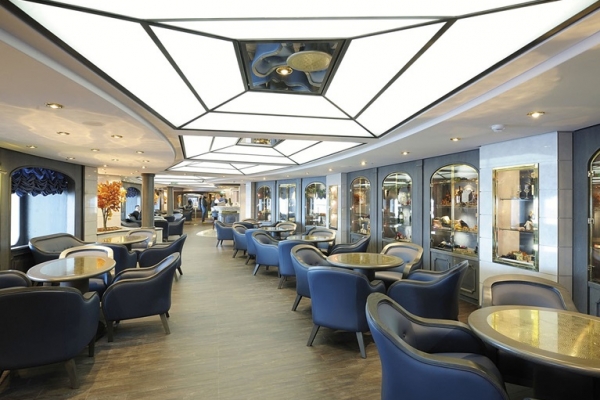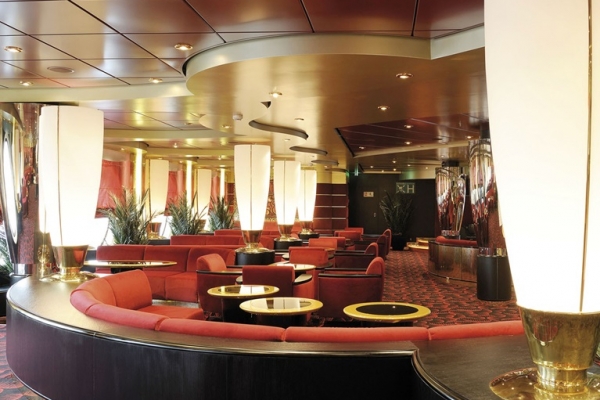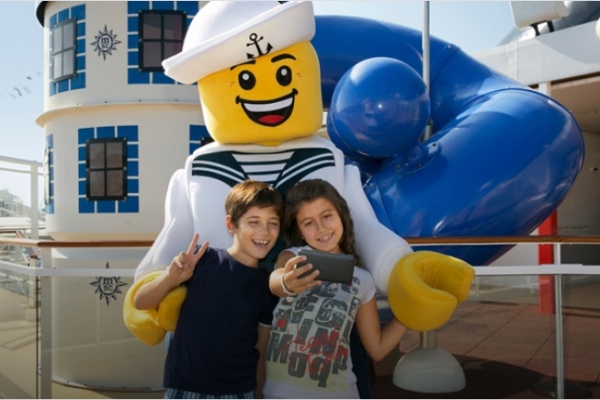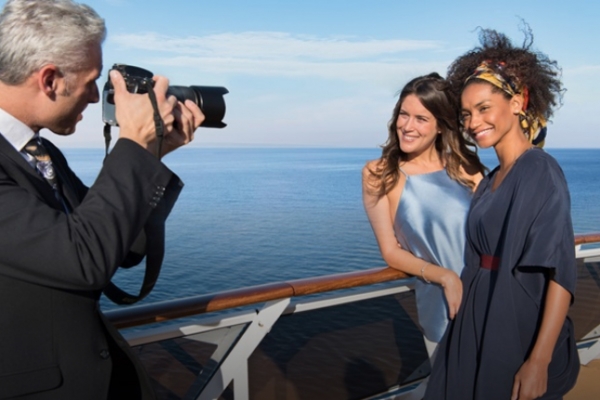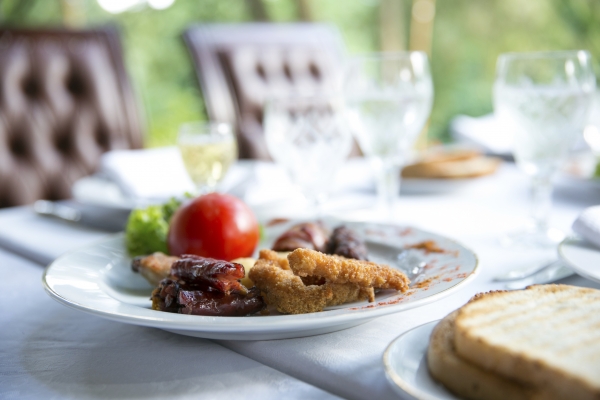1 Mar 2025
Montevideo
00:00
17:00
As you sail on an MSC cruise to South America, Montevideo is the port for you. Founded in 1726 as a fortress against Portuguese encroachment on the northern shore of the Río de la Plata, it had an excellent trading position and, following a turbulent and often violent early history, its growth was rapid. A shore excursion on your MSC South America cruise can be the opportunity to discover Montevideo. It may appear humble at first, but this is a seriously cool, confident city. If you’ve ever seen a fictionalized version of Havana on TV or film, it’s quite possible it was actually shot in Montevideo’s Ciudad Vieja, so reminiscent are its streets of those in the Cuban capital. Dotted among the crumbling houses and cobbled streets are endearingly bizarre (and mostly free) museums and galleries, while the highlight is the glorious Mercado del Puerto. A good place to start a walking tour of the Ciudad Vieja is the Puerta de la Ciudadela, dating to 1746, marking the original site of the Citadel of Montevideo on the Plaza Independencia. This square commemorates the emergence of Uruguay as a sovereign nation, and a 17m-high statue and mausoleum of José Artigas, the man credited with kick-starting Uruguay’s independence campaign against Spain and Portugal, stands aptly in the centre. The area around the plaza contains eclectic architectural styles from different periods, from the Torre Ejecutiva where the president performs his duties, to the bulbous tower of the Palacio Salvo, built on the reported site of the first ever performance of tango. Tucked behind the plaza’s south-western corner is the celebrated Teatro Solís, the most prestigious theatre in the country, completed in 1856 and remodelled a few times thereafter.
2 Mar 2025
At Sea
00:00
00:00
3 Mar 2025
Rio de Janeiro
09:00
18:00
As you’ll be able to appreciate when you cruise the Atlantic Ocean with MSC Cruises, in its position on the southern shore of the magnificent Guanabara Bay, Rio de Janeiro has, without a shadow of a doubt, one of the most stunning settings in the world. Extending for 20km along an alluvial strip, between an azure sea and forest-clad mountains, the city’s streets and buildings have been moulded around the foothills of the mountain range that provides its backdrop, while out in the bay there are many rocky islands fringed with white sand. The aerial views over Rio are breathtaking, and even the concrete skyscrapers that dominate the city’s skyline add to the attraction. As the former capital of Brazil and now its second-largest city, Rio has a remarkable architectural heritage, some of the country’s best museums and galleries, superb restaurants and a vibrant nightlife – in addition to its legendary beaches. A shore excursion on your MSC South America cruise can be the opportunity to visit the Pão de Açúcar. The Sugar Loaf Mountain rises where Guanabara Bay meets the Atlantic Ocean. Its name may simply reflect a resemblance to the moulded loaves in which sugar was once commonly sold. Alternatively, it may be a corruption of the indigenous Tamoya word Pau-nh-Açuquá, meaning “high, pointed or isolated hill”. On the top of Corcoavado Mountain instead the Art Deco statue of Cristo Redentor (Christ the Redeemer), arms outstretched in welcome, stands 30m high and weighs over 1000 tonnes. It was supposed to be completed for Brazil’s centenary independence celebrations in 1922, but wasn’t actually finished until 1931. In clear weather, fear no anticlimax: climbing to the statue is a stunning experience, with the whole of Rio and Guanabara Bay laid out before you.
4 Mar 2025
Rio de Janeiro
09:00
19:00
As you’ll be able to appreciate when you cruise the Atlantic Ocean with MSC Cruises, in its position on the southern shore of the magnificent Guanabara Bay, Rio de Janeiro has, without a shadow of a doubt, one of the most stunning settings in the world. Extending for 20km along an alluvial strip, between an azure sea and forest-clad mountains, the city’s streets and buildings have been moulded around the foothills of the mountain range that provides its backdrop, while out in the bay there are many rocky islands fringed with white sand. The aerial views over Rio are breathtaking, and even the concrete skyscrapers that dominate the city’s skyline add to the attraction. As the former capital of Brazil and now its second-largest city, Rio has a remarkable architectural heritage, some of the country’s best museums and galleries, superb restaurants and a vibrant nightlife – in addition to its legendary beaches. A shore excursion on your MSC South America cruise can be the opportunity to visit the Pão de Açúcar. The Sugar Loaf Mountain rises where Guanabara Bay meets the Atlantic Ocean. Its name may simply reflect a resemblance to the moulded loaves in which sugar was once commonly sold. Alternatively, it may be a corruption of the indigenous Tamoya word Pau-nh-Açuquá, meaning “high, pointed or isolated hill”. On the top of Corcoavado Mountain instead the Art Deco statue of Cristo Redentor (Christ the Redeemer), arms outstretched in welcome, stands 30m high and weighs over 1000 tonnes. It was supposed to be completed for Brazil’s centenary independence celebrations in 1922, but wasn’t actually finished until 1931. In clear weather, fear no anticlimax: climbing to the statue is a stunning experience, with the whole of Rio and Guanabara Bay laid out before you.
5 Mar 2025
Buzios
09:00
18:00
On a peninsula north of Cabo Frio, Armação dos Búzios, or just Búzios, is an immensely scenic resort full of high-spending beautiful people, and a very popular port of call on holidays to Brazil with MSC Cruises. Armação, the main settlement, is built in a vaguely colonial style, its streets lined with restaurants, bars and chic boutiques, and has been nicknamed “Brazil’s St Tropez”. It comes then as little surprise to find that it was “discovered” by none other than Brigitte Bardot, who stumbled upon it while touring the area in 1964. Búzios consists of three main settlements, Manguinos, Armação and Ossos, each with its own distinct character. Manguinos, on the isthmus, is the main service centre, with a tourist office, a medical centre and banks. Midway along the peninsula, linked to Manguinos by a road lined with brash hotels, is Armação, an attractive village where cars are banned from some of the cobbled roads. Most of Búzio’s best restaurants and boutiques are concentrated here, along with some of the resort’s nicest pousadas, or inns, and there’s also a helpful tourist office on the main square, Praça Santos Dumont. When you step ashore from your MSC cruise, a fifteen-minute walk along the Orla Bardot – which follows the coast from Armação, passing the lovely seventeenth-century Igreja de NossaSenhora de Sant’Ana on the way –, brings you to Ossos, the oldest settlement, comprising a pretty harbour, a quiet beach and a few bars, restaurants and pousadas. Within walking distance of all Búzios’ settlements are beautiful white-sand beaches – 27 in total – cradled between rocky cliffs and promontories, and lapped by crystal-clear waters. The beaches are varied, with the north-facing ones having the calmest and warmest seas, while those facing the south and east have the most surf.
6 Mar 2025
Ilhabela
07:00
16:00
Without a shadow of a doubt, Ilhabela is one of the most beautiful spots on the Brazilian coast between Santos and Rio. When you step ashore from your MSC cruise ship you’ll feel surrounded by nature. Of volcanic origin, the island’s startling mountainous scenery rises to 1370m and is covered in dense tropical foliage. With 83 percent of the island protected within the boundaries of the Parque Estadual de Ilhabela, the dozens of waterfalls, beautiful beaches and azure seas have contributed to the island’s popularity. Old or new, most of the buildings are in simple Portuguese-colonial styles – as far removed from brash Guarujá as you can get. The island is a haunt of São Paulo’s rich who maintain large and discreetly located homes on the coast, many of which have mooring facilities for luxury yachts or helicopter landing-pads. Almost all of the island’s 30,000 inhabitants live along the sheltered western shore, with the small village of Vila Ilhabela (often referred to as “Centro”) serving as the main population centre. On an MSC South America cruise excursion you can visit Vila Ilhabela, which has a few pretty colonial buildings, dominated by the Igreja Matriz, a little church completed in 1806. Situated on a hill, the white-and-blue wedding cake-like building has a Spanish-marble floor and provides both a cool retreat from the sun and a good view over the area. Following the coastal road south from Vila Ilhabela along the mainland-facing shore, the beaches are small, but pleasant enough, the calm waters are popular with windsurfers, and bars and restaurants dot the roadside as far as Perequê, the island’s second-biggest town, about halfway south along the island and the location of the port. There are more attractive beaches on the further-flung coasts of the island, most of which can be reached by schooner and/or jeep.
7 Mar 2025
At Sea
00:00
00:00
8 Mar 2025
At Sea
00:00
00:00
9 Mar 2025
Buenos Aires, Argentina
08:00
00:00
Buenos Aires is a must-see on your MSC South America cruise to Argentina. Its heart is the spacious, palm-dotted Plaza de Mayo, the ideal place to begin a tour of the area and explore its historical and political connections; its mismatched medley of buildings includes the famous Casa Rosada, or government house. An amble westwards from the plaza will take you along Avenida de Mayo, the city’s major boulevard, offering an impressive display of Art Nouveau and Art Decoarchitecture. At its western end, Avenida de Mayo opens onto the Plaza del Congreso, presided over by the Congreso Nacional building, the seat of the federal parliament. Casa Rosada, a typically Argentine blend of French and Italian Renaissance styles, stands on the site of the city’s Spanish fort, begun in 1594 and converted in 1776 to the viceroy’s palace. In 1862, President Bartolomé Mitre moved the government ministries to the building, remodelling it once again. The final touch was added in 1885, when the central arch was added, unifying the facade. Behind the Casa Rosada, the Plaza Colón features a gigantic Argentine flag and a Carrara marble statue of Christopher Columbus, looking out to the river and towards the Old World. MSC South America cruises also offer excursions to the north of Buenos Aires, where the four residential barrios of most interest to visitors – Retiro, Recoleta, Palermo and Belgrano – each retain a distinctive character. Nearest to the centre, Retiro and Recoleta – known jointly as Barrio Norte – have chic streets lined with boutiques, art galleries and smart cafés. Recoleta is associated primarily with its magnificent cemetery where, among other national celebrities, Evita is buried. Both barrios also share an extraordinary concentration of French-style palaces, tangible proof of the obsession of the city’s elite at the beginning of the twentieth century with established European cities
10 Mar 2025
Montevideo
00:00
00:00
As you sail on an MSC cruise to South America, Montevideo is the port for you. Founded in 1726 as a fortress against Portuguese encroachment on the northern shore of the Río de la Plata, it had an excellent trading position and, following a turbulent and often violent early history, its growth was rapid. A shore excursion on your MSC South America cruise can be the opportunity to discover Montevideo. It may appear humble at first, but this is a seriously cool, confident city. If you’ve ever seen a fictionalized version of Havana on TV or film, it’s quite possible it was actually shot in Montevideo’s Ciudad Vieja, so reminiscent are its streets of those in the Cuban capital. Dotted among the crumbling houses and cobbled streets are endearingly bizarre (and mostly free) museums and galleries, while the highlight is the glorious Mercado del Puerto. A good place to start a walking tour of the Ciudad Vieja is the Puerta de la Ciudadela, dating to 1746, marking the original site of the Citadel of Montevideo on the Plaza Independencia. This square commemorates the emergence of Uruguay as a sovereign nation, and a 17m-high statue and mausoleum of José Artigas, the man credited with kick-starting Uruguay’s independence campaign against Spain and Portugal, stands aptly in the centre. The area around the plaza contains eclectic architectural styles from different periods, from the Torre Ejecutiva where the president performs his duties, to the bulbous tower of the Palacio Salvo, built on the reported site of the first ever performance of tango. Tucked behind the plaza’s south-western corner is the celebrated Teatro Solís, the most prestigious theatre in the country, completed in 1856 and remodelled a few times thereafter.





